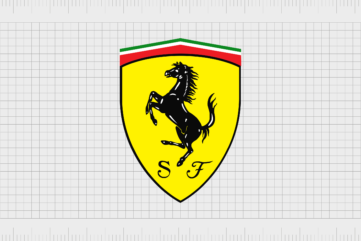From vintage to modern: The future, present, and history of graphic design

We live in a world that thrives on visuals.
Ever since companies discovered that they could differentiate themselves through professional brand photography, memorable logos and standout visual identity design, the need for slick and effective graphic design has kept talented professionals in demand.
In the beginning, designers were artists who sketched shapes and concepts based on current trends like the modernist graphic design movement. As the industry became more fundamentally connected to technology, and innovative tools began to advance, the field of graphic design has begun to evolve.
In simple terms, graphic design is the art of combining ideas, images, and text into something that engages and informs an audience. It’s about communicating through visuals. It may mean using the unique psychology of logo shapes to attract a specific audience. Or, it could involve carefully selecting colours for a website to improve an organisation’s chances of conversions.
As a way of communicating through imagery, it makes sense that the history of graphic design would evolve just as human communication continues to change and develop over time. The more graphic design companies learn about human psychology, customer behaviour, and environmental trends, the more the art of design transforms.
Here, we’re going to look at the nature of graphic design today, where the discipline came from, and how the industry continues to evolve. Grab your DeLorean, we’re going on a journey through time.
The history of graphic design: Creating creativity
At its heart, graphic design is a form of art, and people have always been drawn to expressing themselves through art. In fact, some people would argue that the history of graphic design can be traced all the way back to cave drawings, like the pieces created in Chauvet in 30,000 BC. In 1436, the concept of graphic design took a huge leap forward when the “Gutenberg Press” was invented, which allowed content to be mass-produced for the first time in history.
There are plenty of examples of important graphic design developments through history. For instance:
- In 1796, Aloys Senefelder developed the concept of “lithography” – the first printing method using a flat surface.
- In 1880, the rise of the halftone screen allowed for photos to be printed in a range of shades.
- In 1932, the “Times New Roman” typeface emerged, designed by Stanley Morrison and named the “Times of London”.
Much of the development within graphic design as we know it today began in the early twentieth century, when hundreds of fonts emerged, created by graphic designers around the world. At the same time, advertising and mass media began to evolve, and professional designers found more jobs filling the pages of newspapers, magazines, and more. In 1919, the first graphic design school, Bauhaus, opened its doors in Germany.
To help you better understand graphic design today and how it has evolved over the years, let’s look at some of the most significant style movements throughout history:
1. Art Nouveau
A graphic design response to the industrial revolution, Art Nouveau formed the bridge between modern graphic design and historical academic art. Much of the “New Art” movement involved organic vine-like lines, elegant curves, and ornate typography. In a world where digital displays require design to be far less complex, Art Nouveau design has become an outdated element of graphic design for most. However, the soft colours and flourishes may contribute to vintage graphic design strategies. For instance, the General Electric logo is very Art Nouveau:

2. Modernism
Modernism became part of the history of graphic design during the 1950s. This style is characterised by the deliberate decision to reject artist styles of the past, emphasising experimentation with new materials and techniques instead. The aim of modernist graphic design was to create artwork that reflects the nature of modern society. Bold colours, simple shapes, and modern fonts are all common elements of modernist graphic design. Airbnb offers a great example of a modernist logo.

3. Art Deco
The Art Deco graphic design movement became popular during World War 1. For many, it was a spinoff of modernism and a way for graphic designers to show the luxury and beauty of simple shapes and typography. This art form is lavish and authentic, with plenty of geometric shapes, contrasting colours, and symmetrical patterns. The idea was to create a sleek sense of elegance that symbolised wealth and sophistication.

4. Swiss style
Often referred to as “international typographic style“, Swiss style unsurprisingly originated in Switzerland during the 1950s, and it’s the basis for a lot of the development within the history of graphic design throughout the 20th century. Swiss design continues to influence the field today, thanks to its focus on legibility and simplicity. Graphic designers using Swiss-style focus on typography and sans-serif fonts, rather than sketches. For instance, the Microsoft logo might be a good example of Swiss design.

5. The Digital era
Today, modern graphic design has come a long way from the traditional hand-drawn glyphs and imagery of decades past. Ever since the launch of the Mac computer, more people than ever before have had access to hundreds of tools and solutions that make graphic design more efficient and complex, at the same time. The modern world doesn’t have one single style to speak of. Instead, graphic design today focuses on the trends and expectations of the industry.
To create a logo that lasts, or establish a unique image for their brand, modern companies are looking for a way to appeal to their target audience by analysing current trends. For instance, the Apple logo evolved from something very Art Nouveau, into something simple, straightforward, and innovative – just like the brand itself.

Graphic design today: How the world has changed
Few things have affected the history of graphic design as significantly as the rise of technology and digital transformation.
A few decades ago, no-one could have imagined where computers and the web would take us. Now, we can only look back in awe at the impact the digital revolution has had on the way we work, communicate, and socialise. Modern graphic design has become more intuitive and immersive than ever, as artists no longer guess at what their markets are looking for. Inspiration and guidance are everywhere, transforming graphic designers into masters of consumer manipulation.
Here are just some of the changes we’ve seen in graphic design today.
1. Companies are investing more in graphic design
The number of people investing in graphic design companies has gone up astronomically. Technology ensures that brands have more opportunities for exposure online. Those who want to interact with their clients in a memorable way need an image, and that’s where graphic design comes in.
What’s more, the online world means that companies can analyse real-time data and find out which graphical elements are having the best impact on their business. This means that brands aren’t just investing more into designers, they’re also getting a higher return on investment too! Graphic design has become a global conversation between brands, their customers, and the people with the creativity to bridge the gap.
2. Clever content marketing and graphic design
Back when graphic design first became a fundamental part of marketing, artists focused mostly on designing logos and advertising media for their clients in the form of leaflets and banners. Graphic design was an occasional purchase, but today, it’s a consistent part of a solid branding strategy. In fact, some of the best companies in the world use graphic design every day with their social media marketing and content marketing efforts.
In a world where customers want to build stronger, more unique connections with companies, stock photography and dime-a-dozen images won’t do. Graphic designers now have the power to set organisations apart in the digital landscape, with visuals and brand photography that can capture the attention of an entire audience.
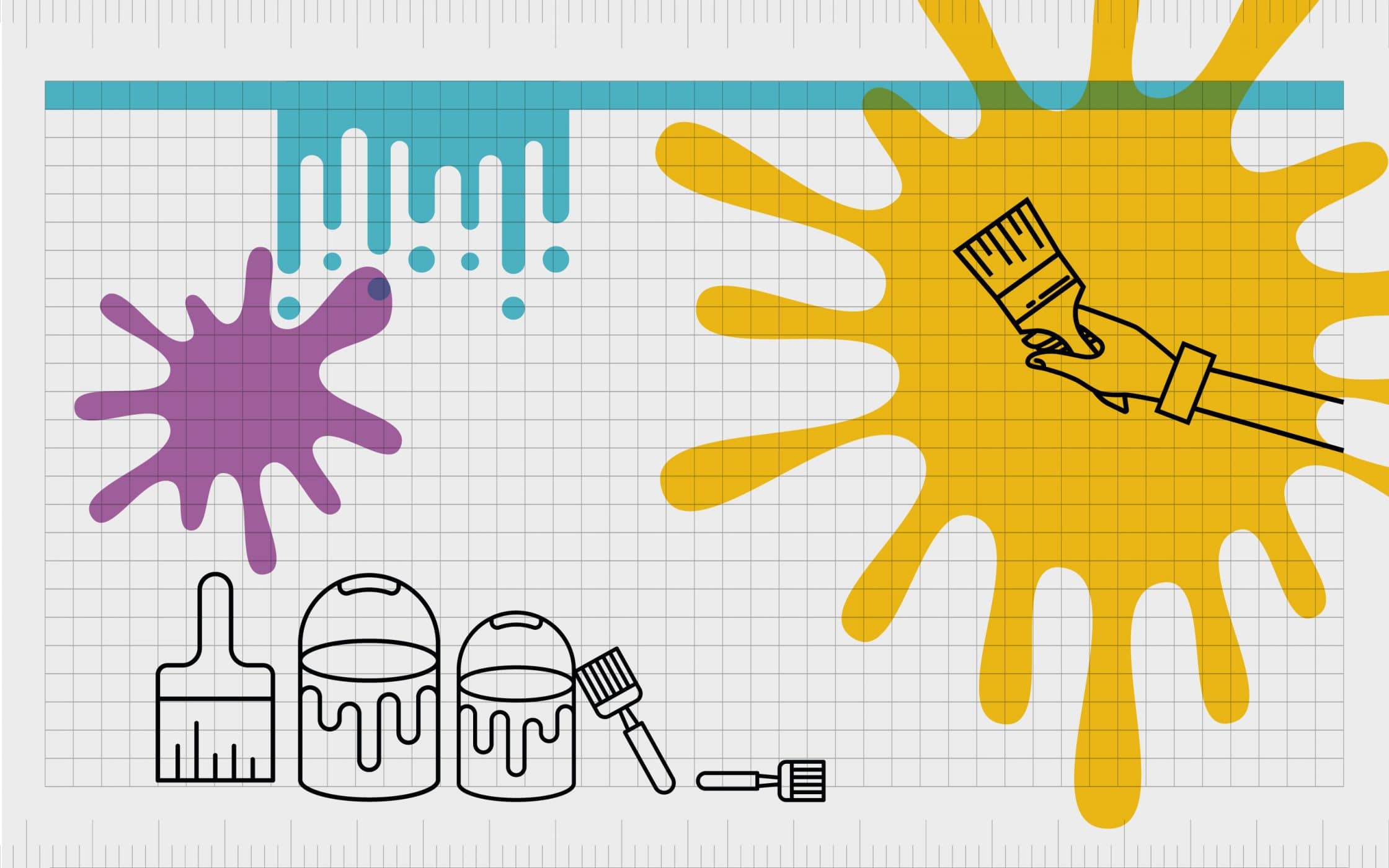
3. New channels to explore
Speaking of content marketing and social media, graphic designers are now embracing a range of new skills to power their craft. In the past, designing media for a company was all about explaining what the business did in the most effective way possible. While that’s still a common component of graphic design today, there are so many new concepts to think about too.
For instance, psychology and buyer behaviour now plays a part in graphic design. Many branding experts look at things like the psychology of colour, and the impact of shapes to make sure they’re conveying the right personality for each client. At the same time, designers aren’t only creating imagery for a single platform anymore. Logos, visual identity assets, and graphic design elements all have to perform equally well on apps, mobile devices, and larger screens too. This means that new disciplines like “responsive” design” have emerged in the design world.
The role of the graphic designer has changed
Fundamentally, the role of the graphic designer has changed, from a one-off contractor to an essential part of any business team. Today’s brands rely on their designers not just to create logos and tactical communication pieces, but to establish presence for them in the online world and build recognition for their brand. Graphic design isn’t just about the artwork anymore, it’s about the process of establishing a real connection between customers and companies using words, tone, images, design and technology.
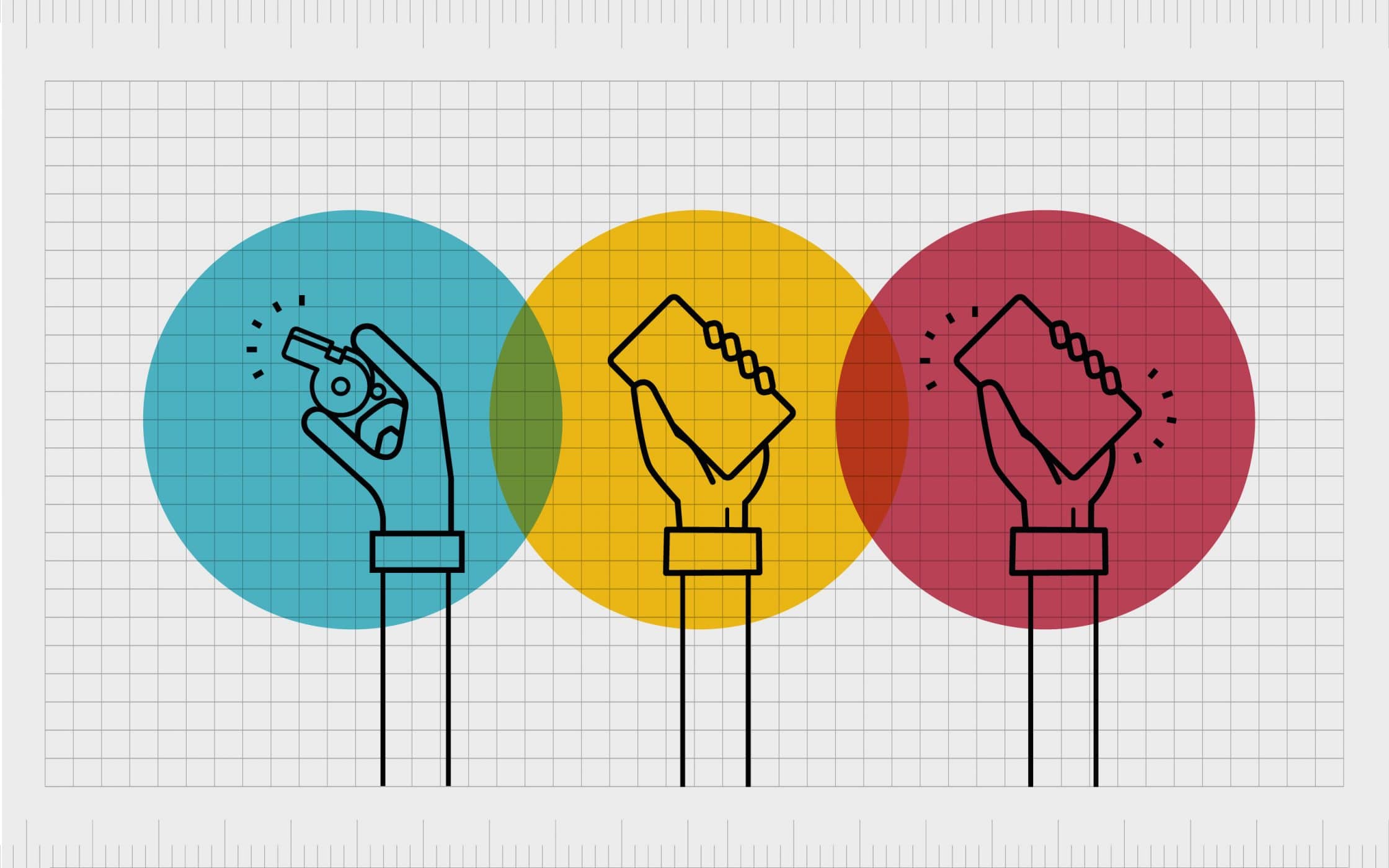
Modern graphic design: The trends we’re seeing right now
The nature of human communication and the rapid pace of the digital world means that it’s often difficult to keep track of the ever-changing nature of graphic design. In an era where technology is everywhere, making creativity more accessible, trends in modern graphic design can dissipate as quickly as they emerge.
Something that appeared to be cutting-edge in 2017 might be totally outdated in 2018. Similarly, a design that inspires the world today, might be old news tomorrow. For instance, some of the modern graphic design trends we’re seeing today include:
1. Simplification
Today’s customers are busier and more rushed than ever before. They don’t have the time to deal with companies who can’t convey their personality and intent within the simplest possible graphic. In the past, companies who wanted to make a big impact would go big, bold, and even complex with their logo designs and websites. Today, simplicity is the key to success.
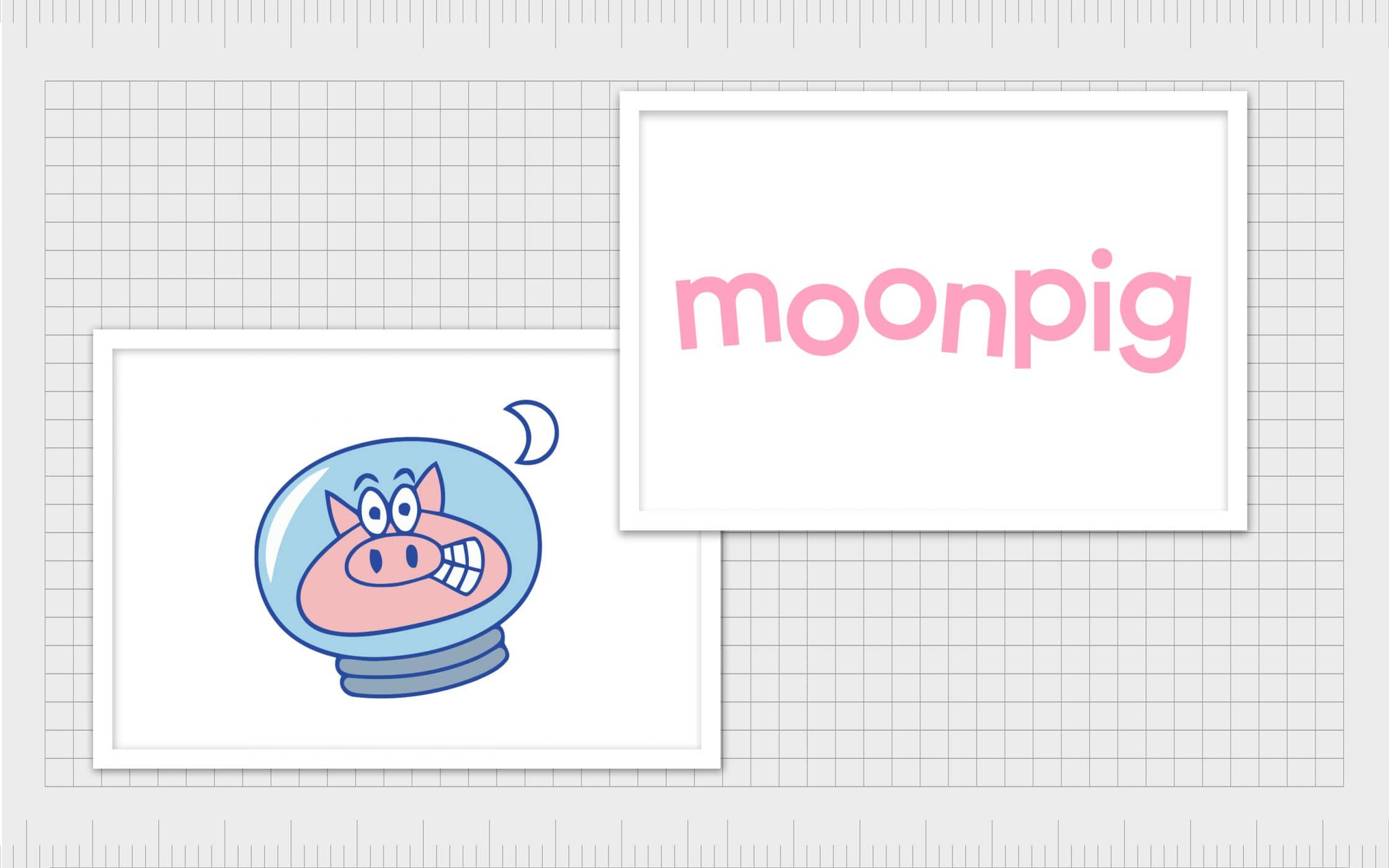
For instance, the Moonpig rebrand involved getting rid of the space pig image entirely and showing off their fun personality with a little bit of simple textual kerning. The wonky letters in the Moonpig logo does more to demonstrate the company’s nature than any cartoon character, and it makes the brand appear more professional too.
2. Bold and brave colours
If like us, you’ve been keeping track of the trends in logo design and branding recently, then you’ll have noticed the overwhelming amount of colour that emerged in 2017. Graphic designers have begun to make bigger and bolder choices combined with flat graphics and simple shapes.
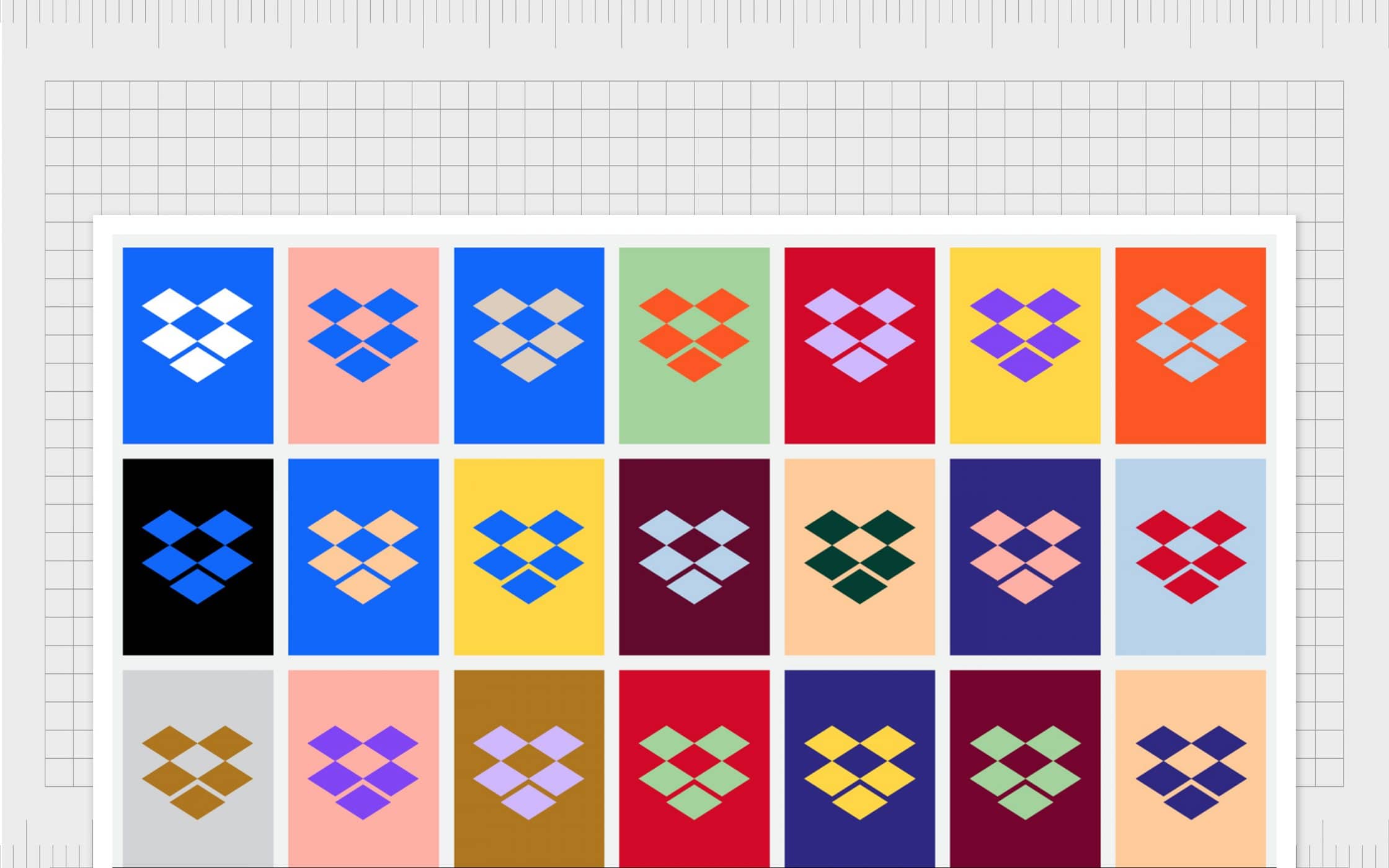
For instance, the new Dropbox logo uses a fresh and modern piece of imagery, combined with a range of bold and bright colours to choose from, to ensure that customers can create their own experience of the brand. This highlights the nature of the company, which claims to offer storage that’s bespoke to any business or individual.
3. Brand distillation
Lately, it seems that modern graphic design is on a path towards trends that are simpler, yet more immersive at the same time. The history of graphic design has evolved to a point where experts have recognised the importance of customer experience, and what that means to visual content.

Function has overridden superfluous design details today, and brands are striving to reduce their core assets, while simultaneously packing more meaning into every element. For instance, YouTube has dropped the name almost entirely from their brand portfolio, reducing everything to one simple, effective image. Graphic design doesn’t have to be complicated anymore. It just needs to mean something and make an impact.
Looking at tomorrow: From modernist graphic design to futuristic
The more we explore the history of graphic design, the more it showcases itself as a mirror to the broader changes the world has experienced throughout the world. When the world needed beauty, we had Art Nouveau, and now that customers are on the search for simplicity, we have a brand-new version of modern graphic design.
The key to graphic design today is remembering that visuals aren’t just about making a brand look attractive anymore – they’re about contributing to the customer experience. From logo design to the images you post on each blog, graphic design is the key to a memorable visual identity.
As we move into the future, the chances are that graphic design will continue to change. Though it’s impossible to predict all of the changes the years ahead will bring, here are just a few predictions to consider:
1. A balance between dreaming of the future, and remembering the past
One trend we’ve noticed recently in the graphic design environment is that there’s an almost equal desire for designs that push the boundaries of cutting-edge imagery, and concepts that hark back to vintage styles. In a world that belongs to multiple generations of consumers, designers are beginning to think more carefully about whether they want to appeal to the futuristic generations of tomorrow or the older customers who crave the innocence and simplicity of their youth.
Vintage graphic design has become a common component of a lot of branding elements. Hand-drawn elements, simple lines, and unique typography can all be a great way to tap into the nostalgia behind a certain brand or give more heritage to a new company.
2. Data will change the game
As mentioned above, the digital revolution has changed the way that graphic designers approach the industry. We’re no longer making assumptions about clients but responding to specific needs based on the understandings gleaned through studies, surveys, and online metrics. For instance, as businesses began to discover that more people were browsing websites from their phone, they learned that graphic design for their websites had to be more responsive, and ready to work with any device.
As artificial intelligence and machine learning enters the design space, it may even be possible to determine how people feel about a brand without asking them. Things like sentiment analysis could lead to more intuitive design practices.
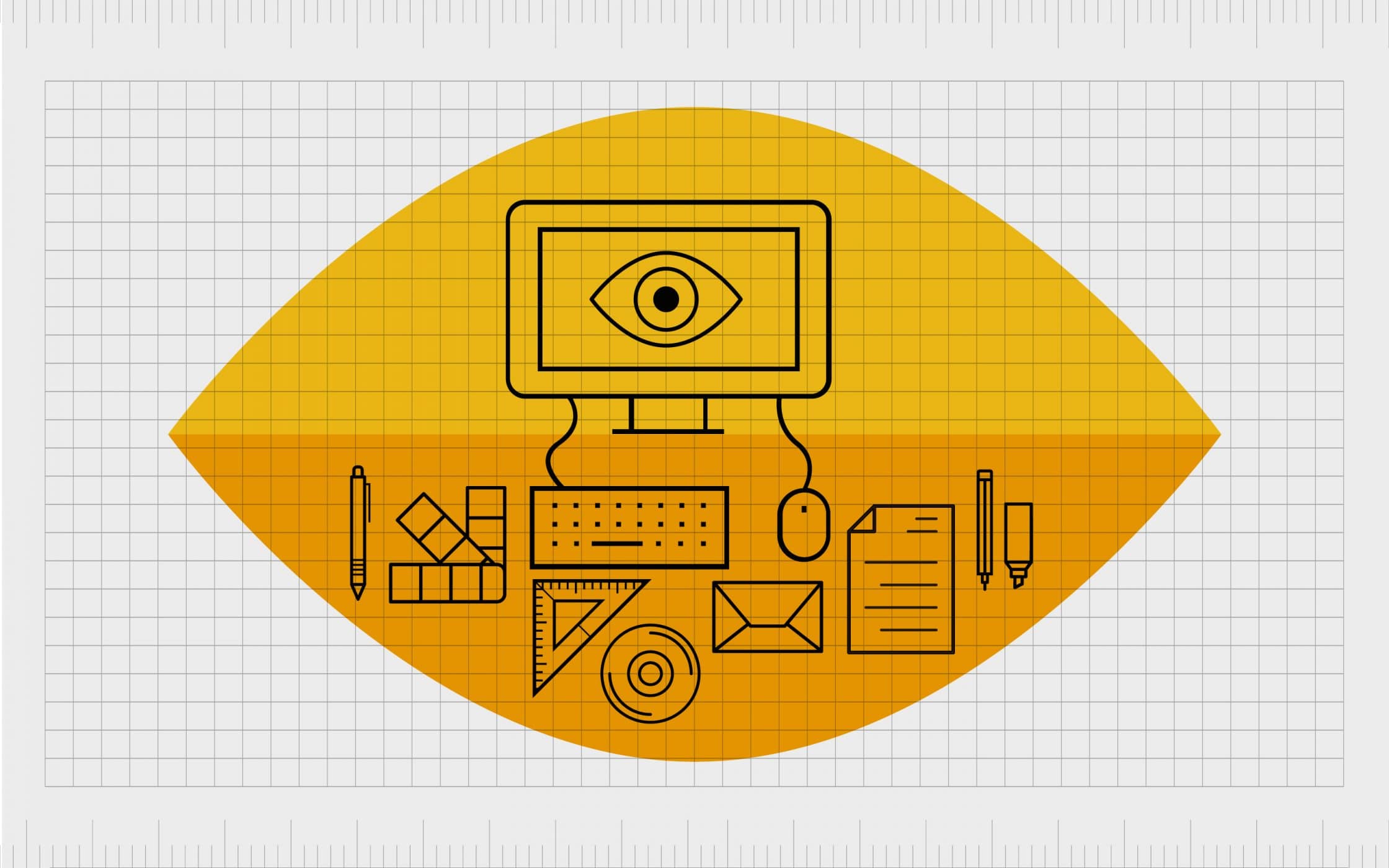
3. Individuality will become more important
Of course, while the digital world has a lot of benefits to offer modern designers, it also comes with its own share of unique challenges too. Today’s customers know that graphics experts have countless resources at their fingertips that they can use to understand their needs. With that in mind, they expect brands to create more personalised experiences in everything they do – from logo design to content creation.
Whether companies are investing in B2C marketing or their B2B marketing strategy, they’ll need to use modern graphic design to show their customers that they understand them if they want to establish loyalty. Something as simple as using hand-drawn images for your audience instead of stock photos, or animations instead of static pictures could be the key to turning prospects into brand advocates.
4. Responsive design may become more responsive
You might have already heard of a concept known as “dynamic” advertising. This is when the ads a business shares with a customer changes naturally according to that consumer’s buying behaviour. This is a great example of how we’re using data to personalise the customer journey. Today’s graphic design artists are already creating unique imagery for different email segments or banner ads. However, tomorrow, this responsive marketing could move to the next level.
As we learn more about human behaviour, graphic designers might be able to use different colours and images based on what they know the customer needs during a specific stage of the buying cycle. For instance, if a prospect feels nervous about buying from an organisation, a graphic designer could create an infographic in soft blue shades to put their mind at ease.
5. Creative typography will continue to rule
Finally, now that type-setting software is less expensive and easier to use than ever, the rate of new fonts being produced each year has reached an astronomical level. While we might not know the exact numbers, it’s safe to say that it’s getting harder to create type that stands out.
In a couple of decades, graphic designers hoping to distinguish themselves through type are going to have a hard time setting themselves apart from the crowd. However, as we’ve seen in recent years, creative typography is still one of the best ways to capture the attention of an audience. Designers who can find a way to overcome common fonts and connect with new customers on the behalf of their clients are sure to lead the way.
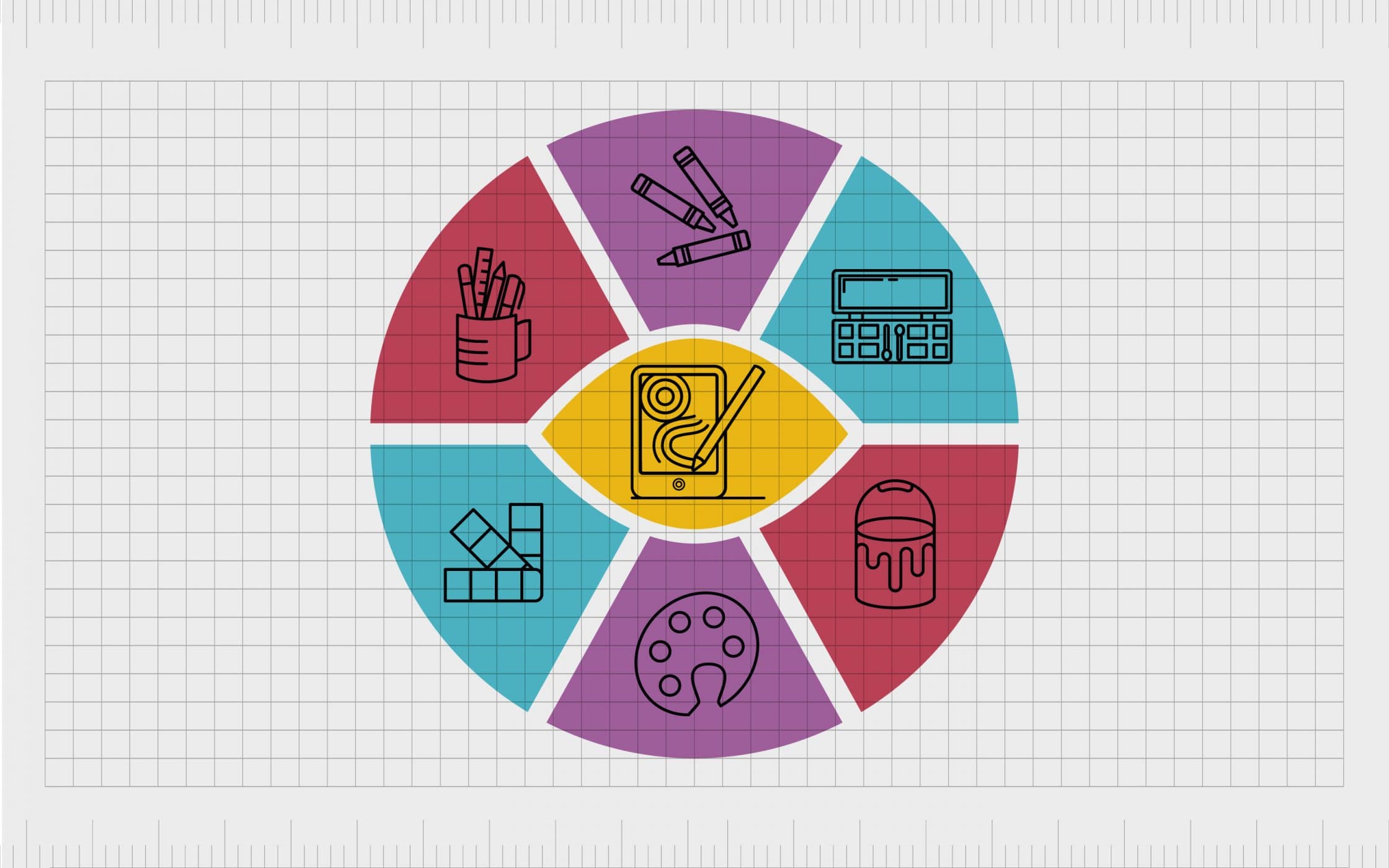
Constant evolution: Understanding graphic design today
It’s safe to say that the history of graphic design has been a long and complicated one. Graphic designers have come a long way since they were scratching pictures onto cave walls. Today, we’ve honed the artistry of combining image and text into something that can project experiences and ideas to broad categories of people.
Graphic design is one of the most important forms of communication any business can invest in. It can be applied to something as simple as a smartphone app, or something as complex as an entire brand identity. While the nature of graphic design might have changed over the years, the underlying aim remains the same. Today, just as they always have, graphic designers give their clients a different way to speak to their audience.
As the technology we have access to continues to evolve with things like virtual reality, augmented reality, and more, there’s no doubt that modern graphic design will continue to change. However, in a world that’s governed by user experience, the artists that know how to use imagery and text to convey emotion and connect with their audience should be prepared to time-proof their techniques.
What do you think about the evolution of graphic design? What’s your favourite style, and where do you think we’re headed? The development of the design world might be a complex thing, but it’s a journey we love being a part of here at Fabrik. We’d like to hear your thoughts…
If you enjoyed this article, you might enjoy these too:
— Getting in shape: The use of shape in logo design
— Finding your type: Font psychology in logo design






